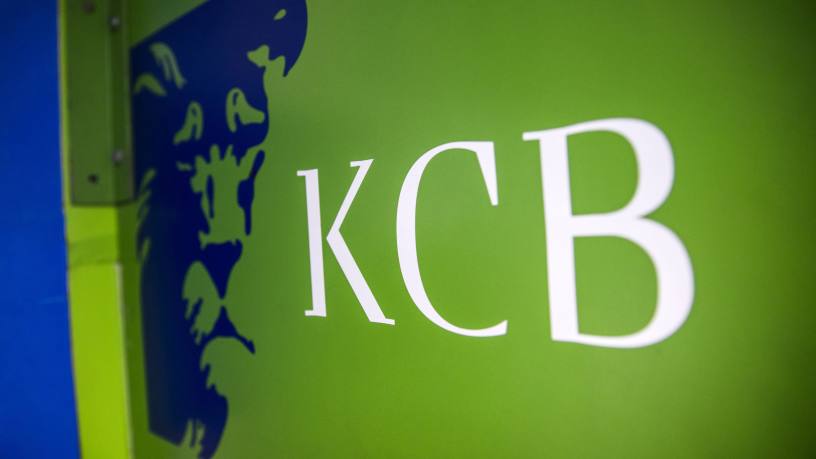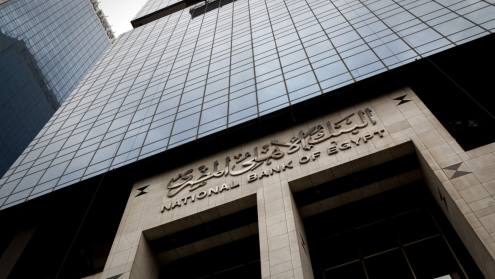When Equity Group, Kenya’s second largest bank, entered the vast Congolese market with its acquisition of Banque Commerciale du Congo in 2020, its arch-rival KCB Bank took notice.
This month, analysts’ predictions were realised when KCB, Kenya’s largest bank by asset base, acquired a majority stake in Trust Merchant Bank (TMB), a Democratic Republic of Congo (DRC) lender headquartered in the country’s mining capital, Lubumbashi.
“Any time Equity Bank makes a move, KCB tends to do something to kind of neutralise that, and vice versa,” says economist Fredrick Ogola, who runs the MBA programme at Kenyan capital Nairobi’s Strathmore University Business School. “You can tell that the war outside the home of these two banks is actually created by the war they have at home.”
Looking beyond the border
Beyond a perceived sibling rivalry, the DRC acquisitions mark a push towards growth through mergers and acquisitions (M&As) outside of Kenya, a relatively small, overbanked market facing economic headwinds, as well as the growing appeal of the mineral-rich DRC, which in March joined the East African Community (EAC), a regional trading bloc.
The agreement between KCB and TMB’s shareholders will close in the third quarter of this year and would add $1.5bn to the Kenyan bank’s asset base. KCB will acquire the remaining 15% of TMB shares in two years. It expands KCB’s footprint to eight countries in east and central Africa.
In the DRC, TMB has more than 110 branches and access to a population of 93 million people – Africa’s second largest – on its doorstep, around 84% of them unbanked. It was the first bank in the country to introduce mobile banking services. Mr Ogola describes it as “the miner’s bank”.
Andrew Wambari Kairu, KCB Group chairman, says the acquisition would boost financial inclusion in Africa and catalyse the DRC’s economic expansion agenda. Robert Levy, chairman of TMB, said the banks would “increase market share and shareholder value” by combining local knowledge with KCB’s heft and expertise. It follows a strong first quarter of 2022 performance by the Kenyan bank, which saw post-tax profits surge 54.6% to Ks9.9bn ($83m), driven by increased interest income, lending and service fees.
A fertile land
Kenyan lenders have long coveted the DRC, the continent’s top copper and cobalt producer, which has a very youthful population, and have in recent years been hunting for banks with nationwide footprints. “We don’t want to go into greenfield anymore there,” Mr Wambari Kairu told investors last August. “M&A is something we’ll continue to do, but very selectively.”
“DRC is a virgin market when it comes to financial services, especially retail which Kenya banks are very good at, coupled with the success of mobile banking, which will help bank penetration in the DRC,” says Reginald Kadzutu, CEO of Amana Capital in Nairobi. “This offers huge opportunities for growth and a higher [return on investment].” He adds that the acquisition “might be the first [KCB] has gotten right in a while”, after it has fallen behind Equity Group of late.
Mr Ogola, however, wonders if the purchase would prove strategic in the long term because acquisition is so expensive and because the DRC market is not mature enough for many of KCB’s small and medium-sized enterprise and retail banking products. “Maybe they want to collect money lying around in [the] DRC because mostly people don’t trust banks there; people keep money under mattresses, I’m sorry to say,” he adds.
The DRC’s entry into the EAC is a positive step for regional commerce, but non-trade barriers including poor infrastructure mean it is some time away from bearing fruit.
DRC is a virgin market when it comes to financial services, especially retail
An examination of the Kenyan market helps explain the move. Revenue is at risk of plateauing as the 46 million-strong market – where just 2.9 million people worked in the formal sector in 2020 – has become more saturated in recent years, while deteriorating asset quality has been exacerbated by the Covid-19 pandemic. That has made Kenya the regional hub for growth-focused M&A activity.
Casting an eye across the continent
Amid consolidation at home, Kenya’s leading lenders have sought to grow their footprints across Africa. Indeed, the TMB acquisition comes less than a year after KCB purchased Banque Populaire du Rwanda, that country’s second largest bank. It also sought a 100% stake in African Banking Corporation Tanzania, before delays in regulatory approvals nixed the deal.
Experts say M&A could also help shield banks against the sputtering Kenyan economy, which was hit hard by Covid-19. While the World Bank predicts gross domestic product growth of 5% this year, it notes that Kenya’s economy is highly exposed to the impacts of war in Ukraine as a net fuel, wheat and fertiliser importer. Severe drought and a tense August election have not helped reduce inflation, which is currently in the range of 8%–11%.
Still, Kenya’s diversified economy – compared with resource-rich countries like Nigeria or the DRC – will continue to help make Kenya’s banking sector one of the continent's most commercially successful, says Mr Ogola, and certainly the most profitable in east and central Africa.












